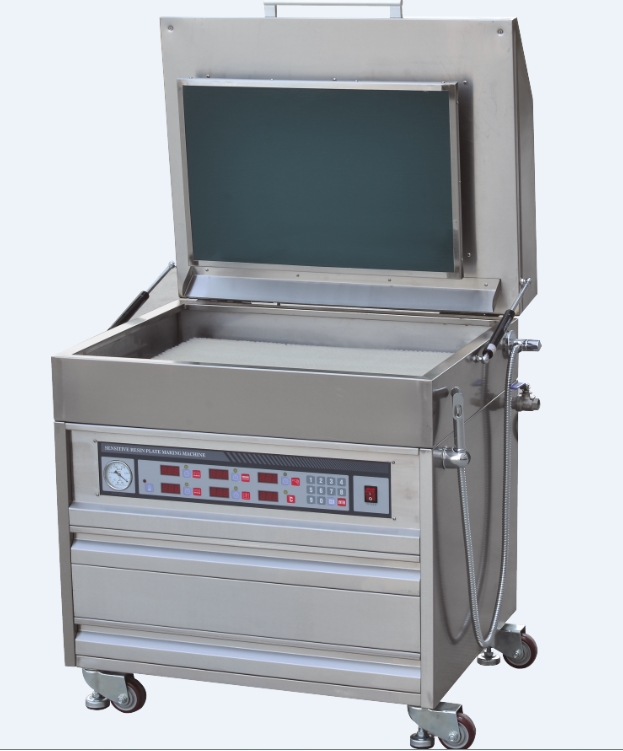Date:2024-01-02 14:57:25 Views:402
The working principle of the plate making machine: the single beam of the original laser generated by the laser is split into multiple beams (usually 200-500 beams) by a multi-channel optical fiber or a complex high-speed rotating optical splitting beam system. Each beam of the light of the laser beam is modulated after the light and dark changes of the laser beam are modulated according to the characteristics of the brightness and darkness of the image information in the computer. After the focus, hundreds of microlasers are directly directed to the plate surface for engraving work, and after scanning the engraving, the latent image is formed on the plate. After development, the image information on the computer screen is restored to the printing plate for direct printing by the offset press. The diameter of each micro-laser beam and the light intensity distribution shape of the beam determine the sharpness and resolution of the latent image formed on the printing plate. The smaller the spot of the microbeam, the more rectangular the intensity distribution of the beam (ideally), the higher the resolution of the latent image. Scanning accuracy depends on the mechanical and electronic controls of the system. The number of laser microbeams determines the length of scanning time. The more microbeams there are, the shorter the time it takes to etch a plate. At present, the diameter of the beam has been developed to 4.6 microns, which is equivalent to a printing accuracy of 600lpi. The number of beams can reach 500. The etching time of a folio plate can be completed in 3 minutes. On the other hand, the higher the output power and energy density of the plate beam (the laser energy generated per unit area, in joules per square centimeter), the faster the etching speed. However, too high power will also shorten the working life of the laser, reduce the beam distribution quality and other negative effects.
